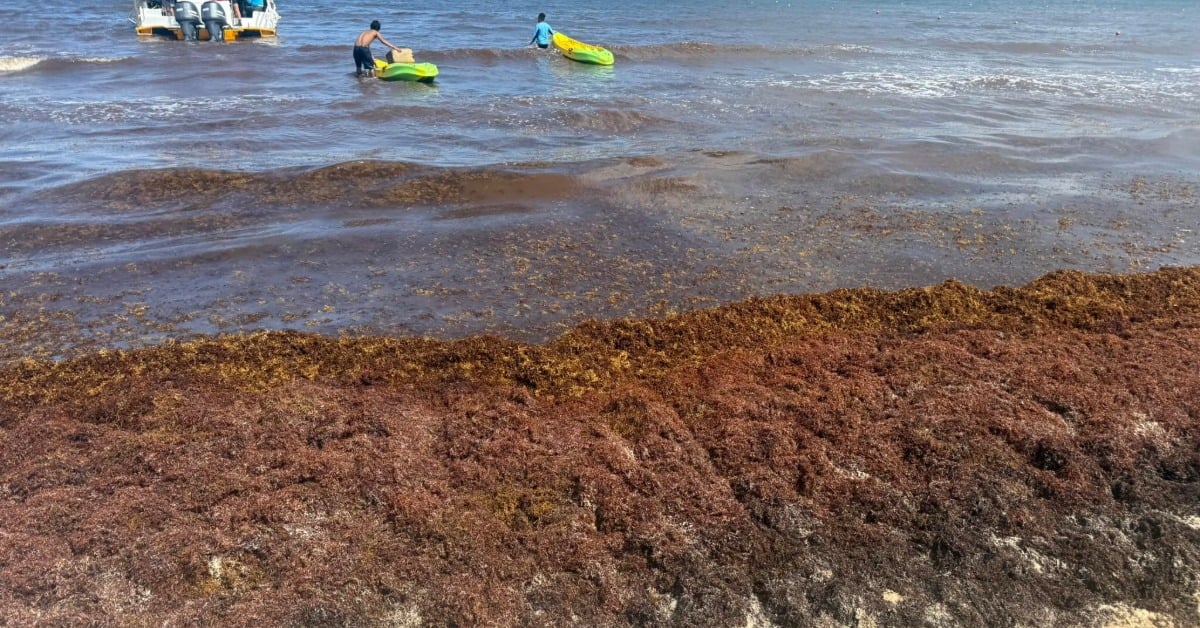Mexico’s New Sargassum Charter turns floating macroalgae into a sustainable resource, unlocking industries like biofuels, bioplastics, and fertilizers . . .


Mexico’s New Sargassum Charter turns floating macroalgae into a sustainable resource, unlocking industries like biofuels, bioplastics, and fertilizers . . .
